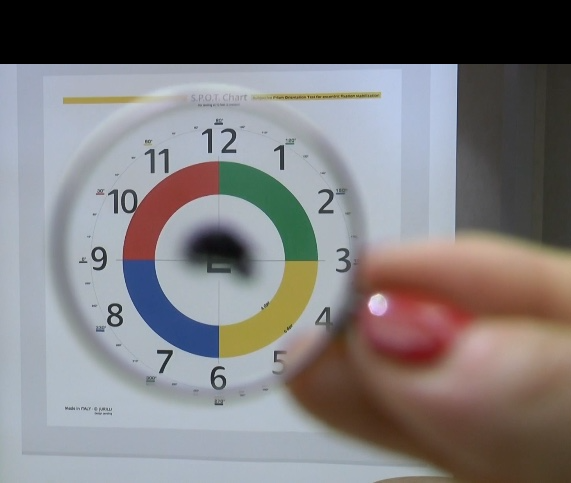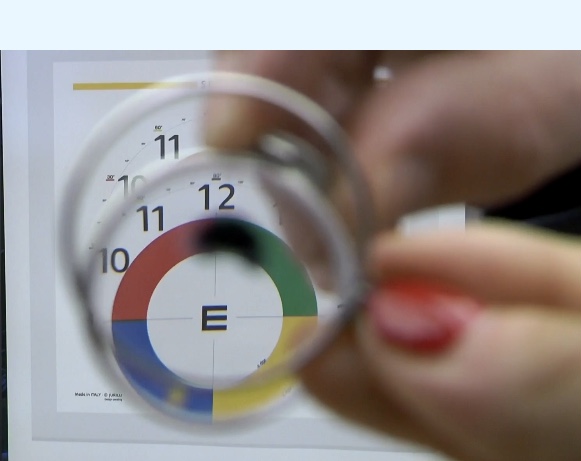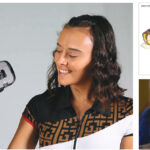Optometric examination by a clinical optometrist
A clinical optometric examination is performed by an optometrist who has been trained in identifying medical problems and can identify them with the help of guiding questions and specialized tests. Decreased visual acuity that cannot be corrected with standard glasses is examined. The cause of the vision is examined. Cataracts, retinal degeneration, systemic physical problems such as diabetes, and more, and this is of course in addition to the standard problems of nearsightedness and farsightedness and the adjustment of glasses.
Clinical studies include anatomy and physiology of the eye and various eye diseases and identification. A clinical optometrist can offer, each in his field of specialization, solutions to various issues such as strabismus, lazy eye, contact lenses for keratoconus or other corneal problems. Problems of poor vision caused by retinal pathologies or other problems.
There are also clinical optometric tests that are performed inside the examination room during the examination.
For example, a person who comes to me with a disease such as glaucoma: Traditionally, we would think of a narrowing of the field of vision and difficulties with peripheral vision, but from my experience with patients and reading studies, it is clear that glaucoma is not limited to that.
There is a reduction in the quality of vision, due to a decrease in contrast sensitivity and difficulty in recognizing colors. These symptoms can appear in the early stages of the disease. In addition, one of the common complaints is a feeling of darkness or blurred vision or cloudiness. Most of the above symptoms are tested with less standard tests such as the CONTRAST SENSITIVITY TEST.
Ishihara test to identify a problem with color vision and the use of various filters to increase contrast, which are also part of the solution. The unique symptoms of the disease and its understanding must always be considered in the solution that the patient will receive. Increased lighting, increased contrast, magnification if necessary, of course, understanding of the daily difficulties and close consultation if there are changes.
In my profession, I am an optometrist specializing in clinical optometry for low vision. In a clinical optometric examination for low vision, it is of course necessary to understand what the decrease in vision is due to by using various diagnostic tests.
Understanding these tests, their medical treatment, and the course of these pathologies, combined with medical factors, allows for the best solution to improve visual acuity, quality of vision, and the patient's overall visual condition.
Real case example
A woman in her seventies has had AGE RELATED MACULAR DEGENERATION for many years. About a year ago, she completed injectable treatments for the wet form of the disease. She came to me to have special reading glasses fitted for a reading problem after being unable to read with standard glasses.
During my examination, I noted my visual acuity, and when I came to receive the glasses, even before receiving them, I reported that I had been seeing less well in my right eye in recent days.
In my examination, her visual acuity had decreased significantly compared to the code visit. Immediately that same day, she was referred for an OCT examination. The attending physician referred her for injections to reduce the fluid that had returned to the eye. This is an example of the clinical intervention that is required in these types of situations and in relation to her current condition.
After a few months, she came back for another checkup. Using a special SPOT CHART, she was tested to find the areas where she could still see and learned how to use these areas. She was also fitted with illuminated glasses with built-in lighting to increase the amount of light entering the eye.
In summary, a clinical optometrist has extensive knowledge of eye diseases, the tests and medical treatments available for these diseases. He uses the results of medical tests and is attentive to the patient's medical history in order to find the best solution to the difficulties the patient is experiencing.






